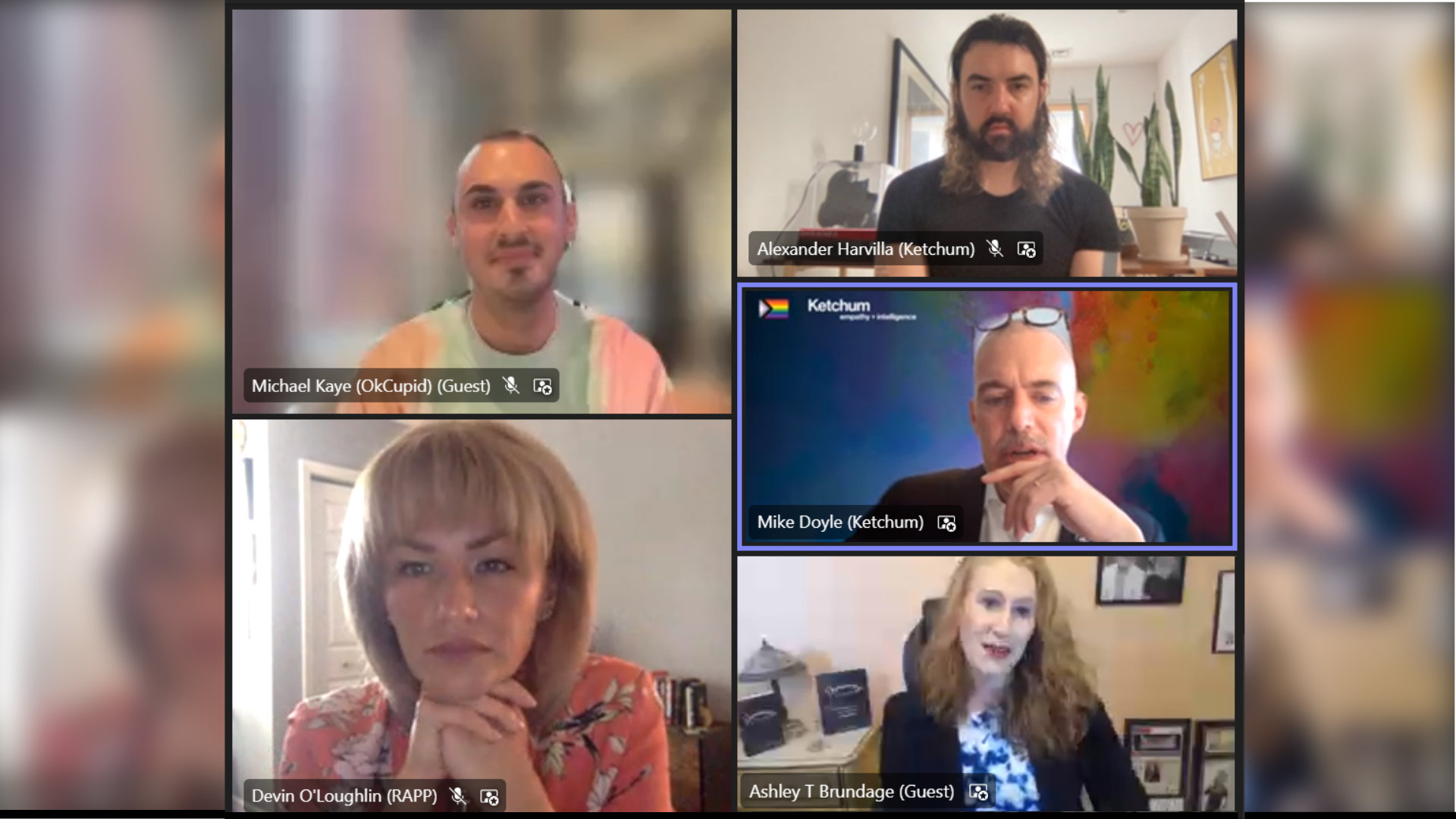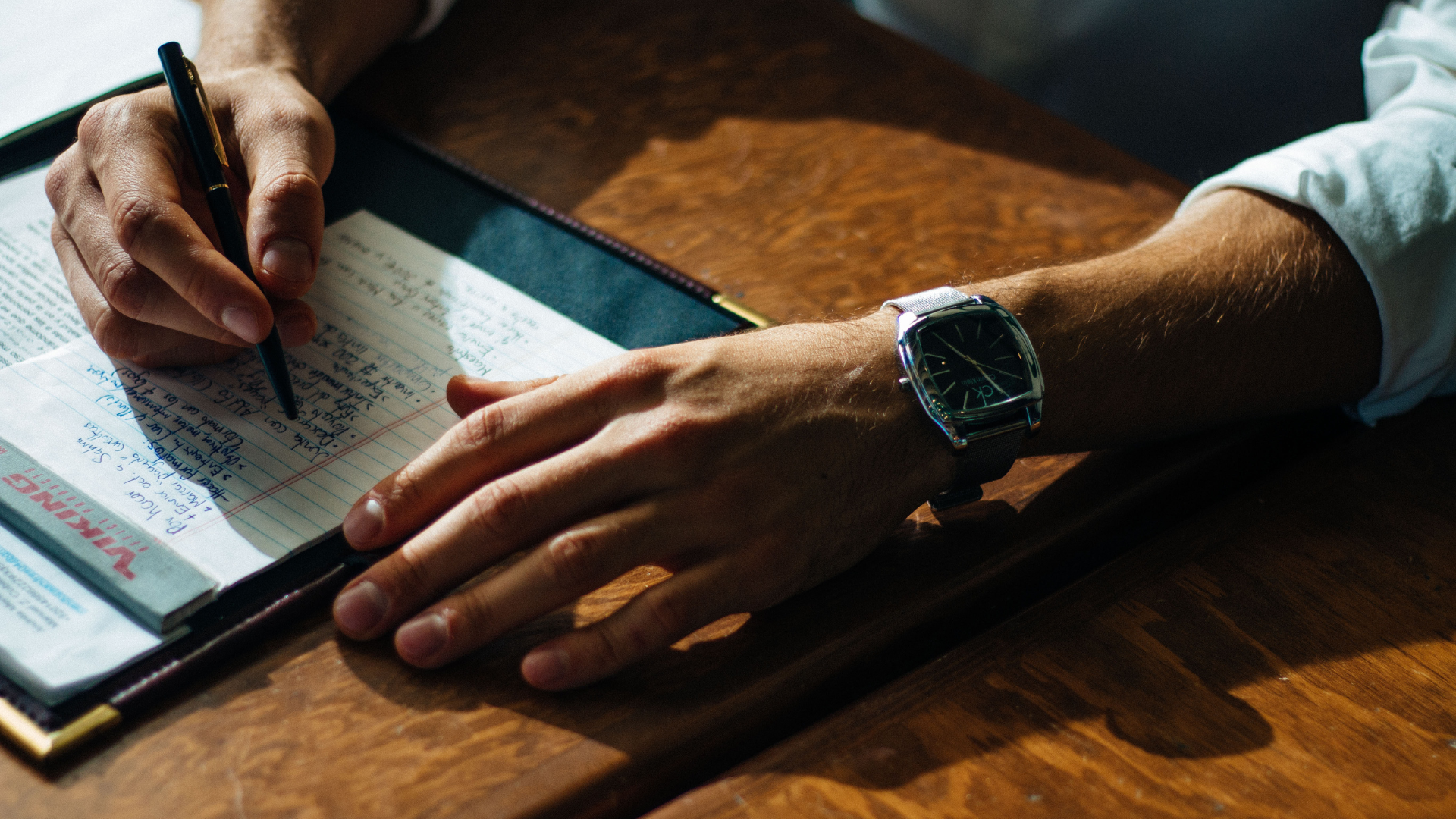A recent Ketchum study shows that nearly half of employed Americans (47%) feel more burned out in their job now than at the beginning of the pandemic. Job burnout has been linked to negative outcomes for individuals, teams and organizations, and it is now classified as an occupational phenomenon by the World Health Organization (WHO) in its latest revision of the International Classification of Diseases.

With job burnout on the rise, it is more important than ever to check in with yourself to better manage your energy. It’s something we focus on actively at Ketchum, to help our employees stay healthy and well.
Think of your energy level today as a fuel gauge with a scale of 1-10 (empty = 1 and full = 10). How do you feel today? What is your energy level? Next ask yourself, “what is my normal high fuel point?” For some, it might be all the way to ten, while for others it may be lower, around a six or seven. We are all different with unique circumstances, so this number will vary. Best practice is that we need to be at a five to thrive. It’s important to know what your normal feel-good place is, so you can check in with yourself and identify coping mechanisms that will help you restore your energy back to your normal high fuel point.
Ketchum’s secret superpower is empathy. It’s one of the most important tools we have. And it’s critical to working well with colleagues and clients. If you ignore how you’re feeling, you will miss perceiving other people’s emotional responses. That’s why it is so important to get into the habit of checking in with yourself — you can maintain performance and mitigate burnout early on.
Our energy management can be categorized into four types – physical, emotional, mental, and spiritual/social. The content below comes from a variety of sources, but draws primarily from an article by Tara Haelle and is science-based.
Physical energy is all about how you feel physically. These are practices we all know, but sometimes we need to be reminded of their importance. Ways to re-energize your physical energy include:
- Get 7-9 hours of quality sleep. Try to limit the use of technology at least an hour before bed.
- Keep yourself nourished and hydrated throughout the day.
- Incorporate regular exercise and movement throughout your week. Take a walk or a workout class to break up your day.
- Be mindful of your ergonomic conditions as you work from home. Ask yourself, “Is my set-up serving me?” If not, what adjustments can you make?
Emotional energy is all about how you are feeling and what you do to feel emotionally centered throughout the day. Here are several ways in which you can help restore your heart center:
- Adopt realistic optimism. Find ways to reframe or reimagine your challenges to see what might be useful (e.g., while COVID has been isolating, at least I’ve been able to forge new relationships globally due to technology).
- Practice gratitude and offer recognition. Research has shown that keeping a gratitude journal is linked to better quality sleep, lower stress, and better interpersonal relationships.
- Make time for the things that lift you, while minimizing time with the things that drain you.
Mental energy is what helps you stay resilient. It helps you be a better thinker, so that you can complete your tasks efficiently while getting rid of distractions. You might restore your mental energy with these approaches:
- Reduce interruptions, which means sometimes turning off those email, text, and social media notifications so you can focus on your highest priority work or sensitive conversations. In fact, for every interruption, it takes an average of 25 minutes to return back to an original task.
- Prioritize your workload so that you can complete your most challenging work when your focus is at its highest. Take back more control over your calendar by determining when you are at your best and blocking out those times to complete your most challenging work.
- Work in uninterrupted, high-power bursts of 25-minute blocks, followed by a 5-minute break. This strategy is also known as The Pomodoro Technique.
Spiritual and social energy is all about the boost we get when we are connected to something larger than ourselves, and is not necessarily exclusive to a religious identity. Ways to lift your spiritual and social energy include:
- Finding ways to connect with your community through volunteerism.
- Turning inward to practice self-care. That is, engage in activities that make you feel good afterwards. For some this might be a Netflix binge, going on a hike, taking a mental health day, etc.
- Practice the “do good to feel good” phenomenon, where you give back to others. Adults who act in service to others rate themselves as much more fulfilled than those who do not.
These tips are not about learning best practice; rather, they are about making this common practice for you. During challenging times, we often forget to take actions that contribute to our well-being. It should be the opposite: when things get challenging, we need to be mindful of checking in with ourselves and prioritizing our own well-being.
You wouldn’t let your phone constantly run on low battery, would you? While it can still work in “low power mode,” some essential functions may be reduced. The same could be said about you. How can you manage your energy better to help not only yourself, but others around you?



